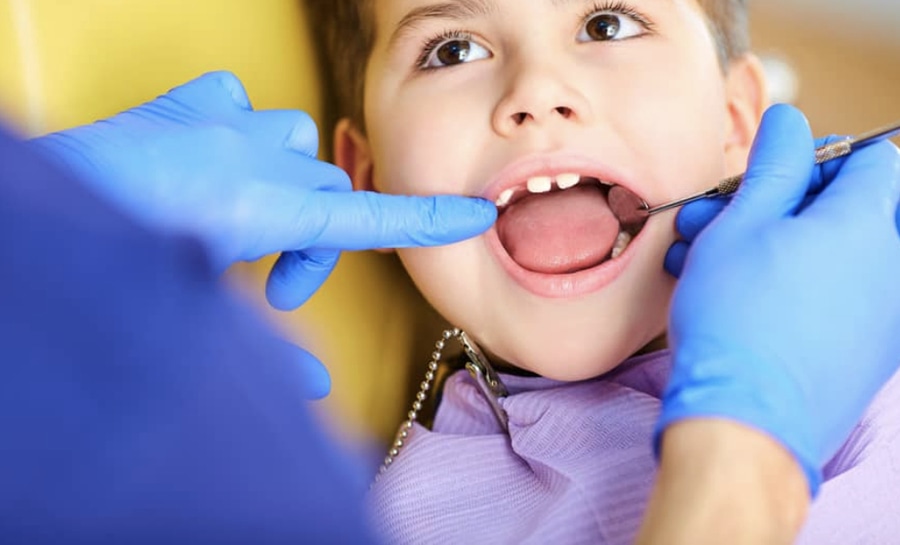
#Industry News
The Optimal Age for Orthodontic Treatment
A Comprehensive Overview
Orthodontic treatment, aimed at correcting misaligned teeth and jaw irregularities, is a significant investment in oral health and aesthetics. A common question arises: “When is the best age to accept orthodontic treatment?” This question warrants a thorough examination of various factors, as the optimal age can significantly influence treatment outcomes.
1. Childhood Years: The Foundation for Orthodontic Intervention
The early childhood years, typically between 7 and 10 years old, mark a crucial stage for orthodontic evaluation. At this stage, children undergo a mixture of primary and permanent tooth eruption, allowing orthodontists to identify potential issues with tooth alignment and bite development. Early orthodontic intervention, often referred to as Phase I treatment, can prevent the progression of certain orthodontic problems, such as crossbites and severe crowding. This intervention takes advantage of the growth potential of young patients, making it a favorable time for guiding proper jaw development.
2. Adolescence: The Prime Time for Comprehensive Treatment
Adolescence, ranging from 11 to 17 years old, is the most common age range for comprehensive orthodontic treatment. During this period, the majority of permanent teeth have erupted, providing orthodontists with a clearer picture of the overall alignment and bite issues. The teenage years offer several advantages for orthodontic treatment. The rapid growth phase facilitates the manipulation of jaw discrepancies, and adolescents are generally more cooperative in following treatment instructions.
3. Adulthood: Addressing Orthodontic Concerns
Orthodontic treatment isn't limited to childhood and adolescence; adults can also benefit from it. Many adults, even those who had orthodontic treatment during their youth, find that their teeth have shifted over time due to factors such as natural aging, tooth loss, or neglecting to wear retainers. Adult orthodontic treatment can address these concerns, enhancing both oral function and aesthetics. Clear aligner treatment and less visible orthodontic options have made orthodontic treatment more appealing to adults.
4. Individual Considerations: Tailoring Treatment to Unique Needs
While age guidelines provide a framework, it's essential to recognize that every individual's orthodontic needs are unique. Some orthodontic problems might require early intervention, while others can wait until the teenage years. Orthodontists consider factors such as the severity of the misalignment, the growth potential of the patient, and the patient's commitment to treatment when determining the appropriate age for intervention.
In conclusion, the best age to accept orthodontic treatment varies based on individual circumstances. Early childhood offers the potential to guide proper jaw development, adolescence provides a suitable time for comprehensive alignment, and adulthood allows for the correction of persistent issues. Regardless of the age at which treatment is pursued, the benefits of orthodontic intervention extend beyond aesthetics, contributing to improved oral health and overall well-being.
Whenever orthodontic treatment is required, Clickalign can consistently serve as a reliable partner for both dentists and patients. Its range of treatment durations spans from childhood to adulthood, enabling patients to align their teeth and address issues stemming from misalignment at any life stage.
For further details, please don't hesitate to reach out to us through the following channels:
Website: www.clickalign.com
Email: info@clickalign.com






